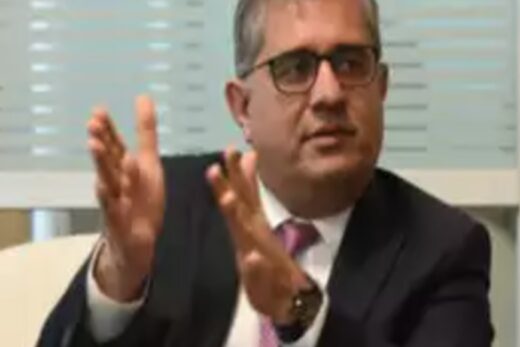Treasury yields shot up by 14-19 basis points Wednesday in the primary auction since the preceding two such bids conducted by the Reserve Bank of India (RBI). Market speculation that the repo rate, or the rate at which banks borrow short term from the RBI, will soon become the operational rate instead of the reverse repo also caused yields to harden.
The repo is at 4 per cent as against 3.35 per cent for reverse repo, which is the rate at which banks park their surplus with the central bank.
“Rising T-bills yields are a clear reflection of a gradual start to hardening in rates,” said Ajay Manglunia, managing director – debt capital market, JM Financial. “We shall soon have the repo as the operating rate instead of reverse repo. The central bank’s liquidity normalisation is underway aiding this move.”
The cut-off yield for the six-month gauge was at 3.83 per cent in Wednesday’s primary auction compared with 3.70 per cent on October 20 and 3.64 per cent on October 13, show data compiled by JM Financial Research.
Treasury Bills are short-term sovereign debt securities. They provide a benchmark view for other shorter duration debt instruments including commercial papers, sold by companies to raise working capital.
The three-month gauge cut-off was at 3.56 per cent versus 3.45 per cent a week ago and 3.39 per cent a fortnight earlier.
“Overall, rates are likely to be northward amid a raft of macroeconomic factors including rising global oil prices and local demand for money,” said Yatin Singh, Head – Investment Banking at Emkay Global. “State governments and corporates, too, will now borrow more with the economy reopening. Funding costs have begun to go up with expected near term liquidity normalisation.”
The banking system has a surplus of nearly Rs 6.94 lakh crore as on October 26, compared with Rs 7.71 lakh crore as on October 12, show RBI data.
Global crude oil prices jumped more than 13 percent in the past one month in the international market amid a supply crisis. Crude prices could soar to $110 per barrel by next year, a 30 per cent jump from the current levels, Goldman Sachs estimates said.
The benchmark yield, a gauge for long-term rates, has risen 17 basis points this month.
A near-consensus view emerging among market participants and policymakers is that “the liquidity conditions emanating from the exceptional measures instituted during the crisis would need to evolve in sync with the macroeconomic developments to preserve financial stability”, RBI governor Shaktikanta Das said in his monetary policy statement on October 8.
“This process has to be gradual, calibrated and non-disruptive while remaining supportive of the economic recovery,” he said.



